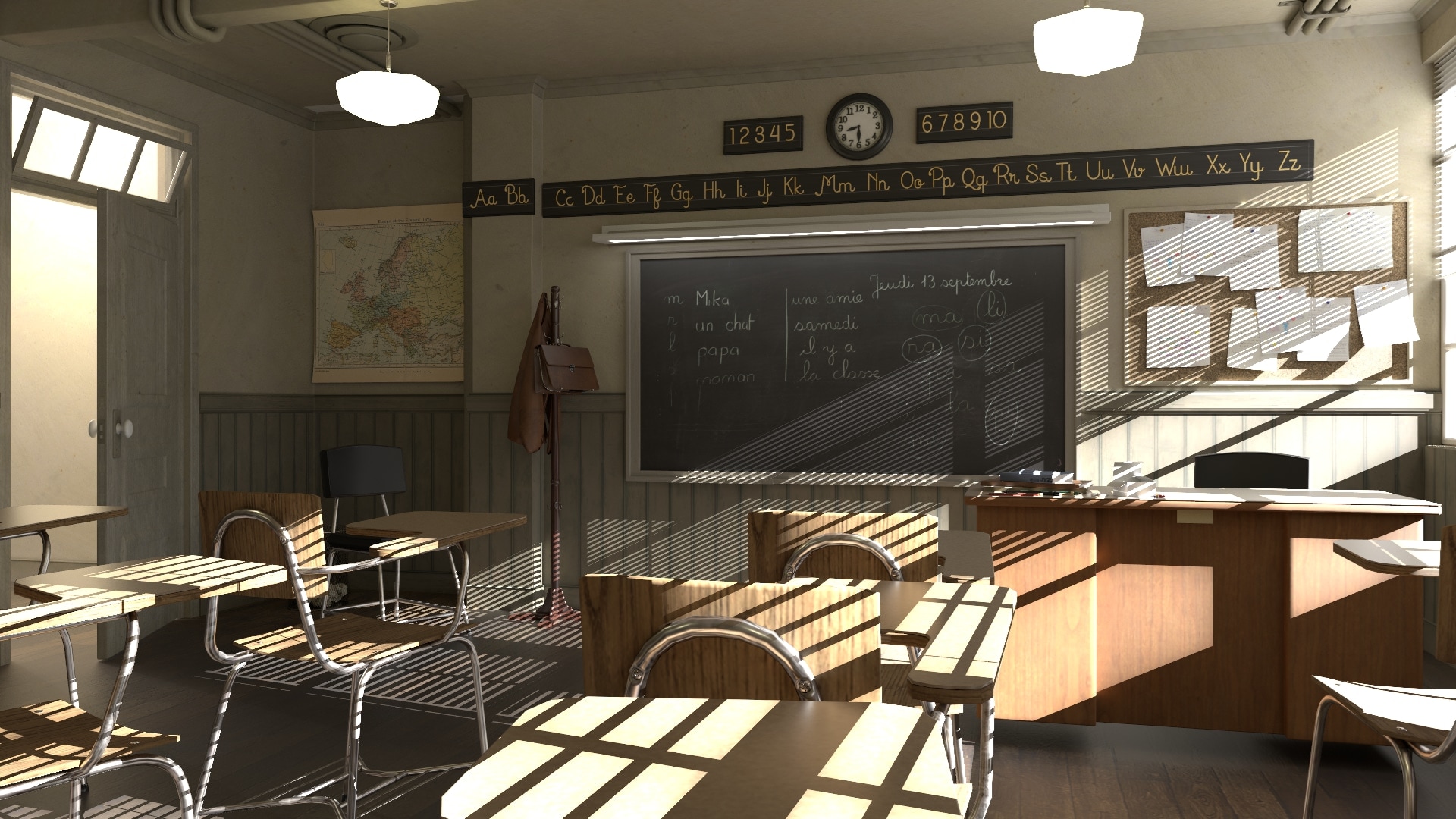TopSpoiler
Regular
Read the whole thread.

Unlike desktop Zen 5, server Zens got new IO-die supporting up to 16 Zen 5 or 12 Zen 5c CCDs
While the IO-die is the same, they did upgrade the official memory support from DDR5-5200 to DDR5-5600And DDR5-6400, along with a few other features. I think it was necessary since they went +50% cores. While desktop Zen 5 didn't increase the core count, it is disappointing that AMD made no change to the desktop IOD at all to enable higher Infinity Fabric and memory speeds.
Why did they only show training numbers vs competition?No, all AMD Instincts are Inference first but now they're starting to claim it's good for training too
The post you quoted literally has inference numbersWhy did they only show training numbers vs competition?

 www.forbes.com
www.forbes.com
The fifth-generation EPYC CPU offers up to 192 efficiency cores for web apps and up to 192 cores for performance-demanding apps. However, we note that AMD again chose to forgo on-chip AI acceleration, which Intel added to Xeon for the last two generations. It seems strange, but I suspect this is what the hyperscalers told AMD they preferred.
...
The primary difference between the MI300 and MI325 is the amount of HBM3, which we assume are stacked 12 DDR chips high. The 256GB of HBM is 80% more memory than on the Nvidia H100 and 50% more than the H200. This additional memory can matter a lot, as models get larger. Meta said on stage that 100% of their inference processing on Llama 405B is being serviced by the MI300X. I wonder if that will remain the case now that Nvidia announced on the same day that they increased performance of Llama 405B on the H200 by another 50%.
How fast is the new MI325X? AMD claimed (without providing details like what software was used and the size of the input sequence) that the 325 is 40% faster than the soon-to-be-old H200 for certain inference workloads. If history is a guide, we can be certain this benchmark did not use Nvidia’s optimizing software which can easily increase performance by 2-4 times.
...
If you don’t think a developer would use Nvidia’s optimization software to increase performance by 2-4X (and I gotta meet this guy!), then one can conclude the MI325 is faster than the H200. If you use AMD’s optimizations in ROCm.
The larger HBM will attract a lot of users, however, like Meta. We will have to wait to see how much the MI350 can improve the contrast with Blackwell, which AMD ignored in the event.

It also could have impacted all those changes seen by High Yield on the Zen5 die shot, the tighter packed cache saving die space and the smaller TSVs.
Here's Your First Look at a Delidded AMD Ryzen 7 9800X3D CPU With Next-Gen 3D V-Cache Tech
AMD's Ryzen 7 9800X3D CPU has been delidded, revealing the next-generation of 3D V-Cache technology innovations for gamers.wccftech.com
If this is true, it's really interesting. The CCD with the cores is stacked on top of the 3d v-cache. I guess that might be why they've enabled overclocking. Basically the heatsink is closer to the CCD, and in theory less likely to cook the 3d v-cache. Could be a really interesting cpu launch, just from a tech perspective.
I wonder if there is additional complexity to the packaging/assembly process because that is the only obvious potential downside I can think of.

 gpuopen.com
gpuopen.com
It very much is simple and obvious as people have talked about it before, and they're still not even fully taking advantage of things yet, or at least taking things to their logical conclusion(of what is currently possible, at least). If you make putting a cache chip underneath standard, you can remove all the L3 from the CCD, which makes up a significant portion of the die. This gives a lot of playroom in terms of what to do with the CCD. You could shrink it heavily, you could widen the architecture massively, you could add more cores, you could reduce transistor density to improve thermals and clockspeeds, or obviously any combination of these things.It seems so simple and obvious... now, when you think about all the advantages it provides.
For the fourth quarter of 2024, AMD expects revenue to be approximately $7.5 billion, plus or minus $300 million. At the mid-point of the revenue range, this represents year-over-year growth of approximately 22% and sequential growth of approximately 10%.


